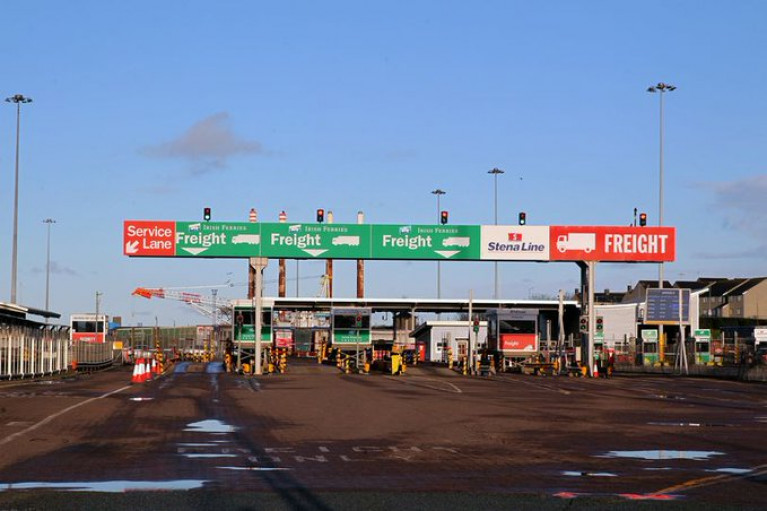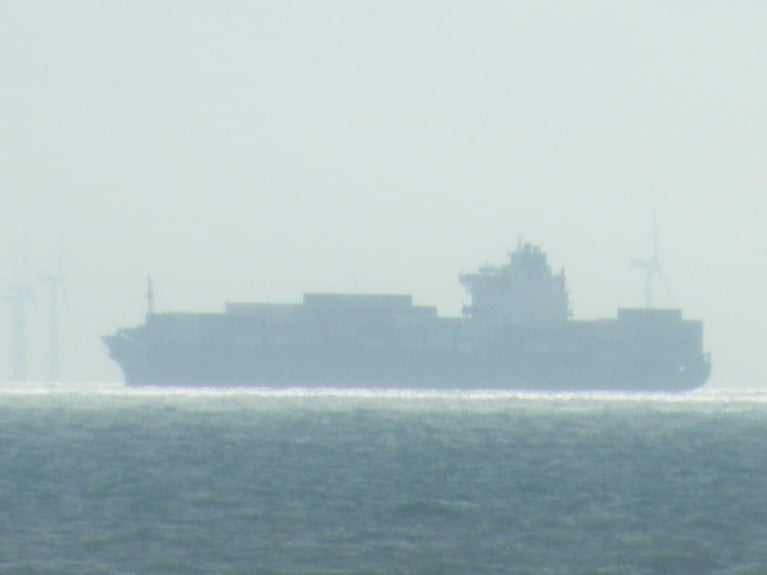Displaying items by tag: Impacts
Holyhead as Welsh towns go has had to reckon with more upheaval than most.
The largest town on the Isle of Anglesey is home to just over 10,000 people but is also one of the UK's largest commercial and ferry ports with millions of heavy goods vehicles, trucks, and tourists passing through every year.
The success of the port, which has existed in some form since 1821, is worth millions of pounds and supplies hundreds of jobs in a region which has seen deprivation levels rise. But one year on from Brexit traffic figures are worrying.
Stena Line has said trade is down 30% at its Welsh ports, which it owns and operates. In December 2020 traders and business figures in Holyhead spoke about the chaos as the hours ticked away until the UK officially left the EU.
Wales On Line has more on the startling impact of 'taking back control' on the port at the frontline of Brexit in Wales
One year on much seems still unclear. The UK is embroiled in fraught negotiations over post-Brexit arrangements for Northern Ireland while the ongoing coronavirus pandemic has made the impact of Brexit on Holyhead difficult to measure.
Further coverage of the story here focusing on the impact on the port town's community.
Both the impacts of Brexit and the pandemic have had a negative effect on UK port throughput in the first quarter of 2021.
Statistics released by the Department for Transport show that total freight tonnage fell 9% year on year between January and March to 103.9m tonnes.
Total imports were down 8% to 67.2m tonnes and exports down 11% to 36.6m tonnes.
Despite signs that more freight is shifting modes towards shortsea containerisation to avoid driver shortages and other disruptions, volumes of unitised cargo, which includes ro-ro volumes under DfT calculations, also fell during the quarter.
The total volume of unitised traffic fell by 13% to 4.2m units during the first three months, with imports down 17% to 2.2m units. Outbound volumes fell by a smaller margin of 8% to 2m units.
“This is the first time the industry as a whole has been able to see the aggregate impact of Brexit on port volumes,” said British Ports Association policy manager Phoebe Warneford-Thomson.
LloydsLoadingList has more.






























































